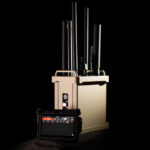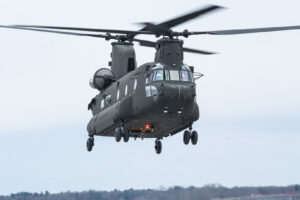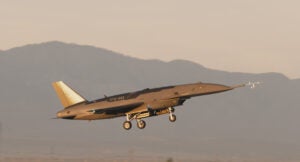
A key initiative of Customs and Border Protection’s Office of Information Technology is to migrate its infrastructure and applications to a cloud computing environment by 2024, part of a modernization effort to prepare the agency for new ways of doing business, CBP says in a recent notice. Earlier this month, CBP issued a Request for Information (RFI) related to a forthcoming competition to acquire “the full range of life cycle services” for its Traveler Processing and Vetting Software (TPVS) applications…

 By
By 











